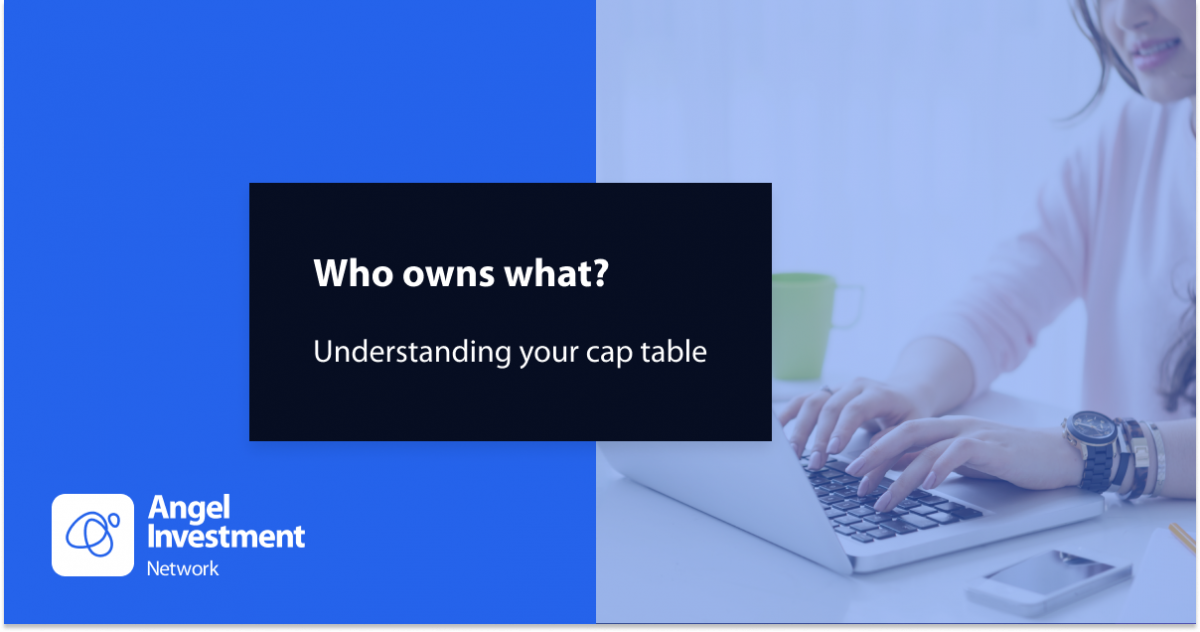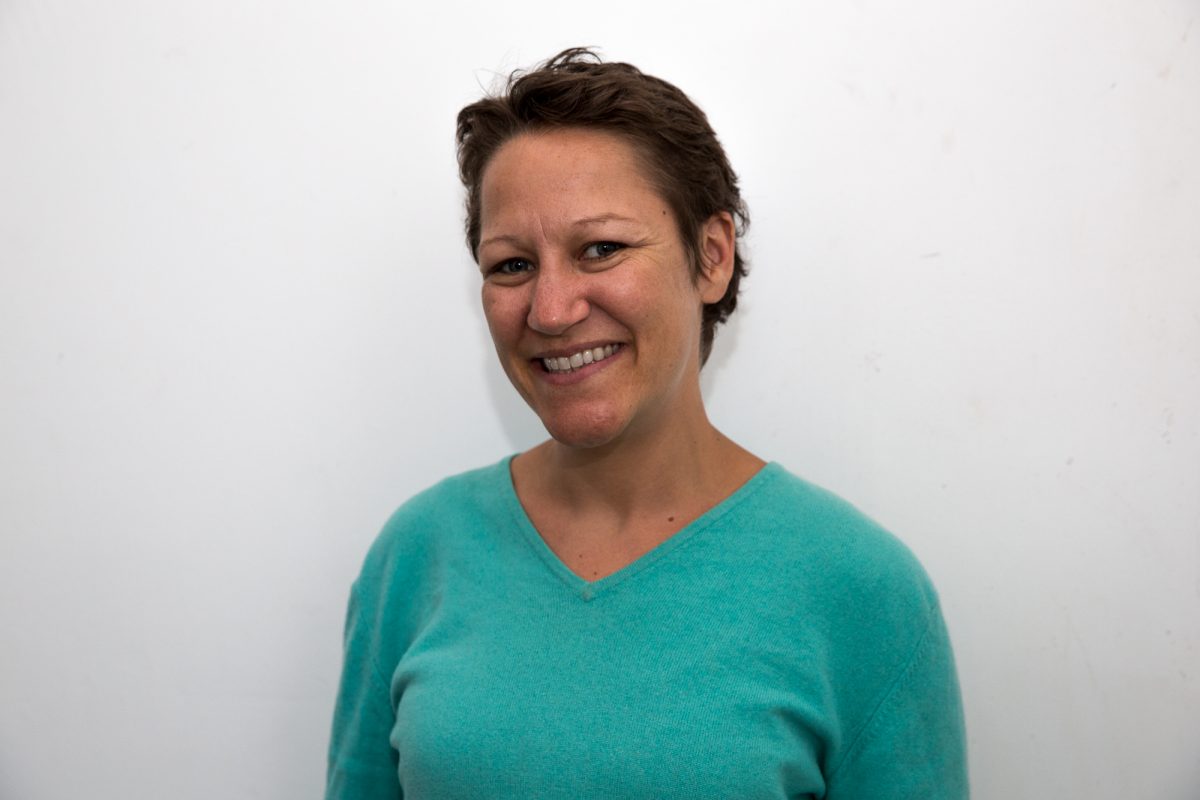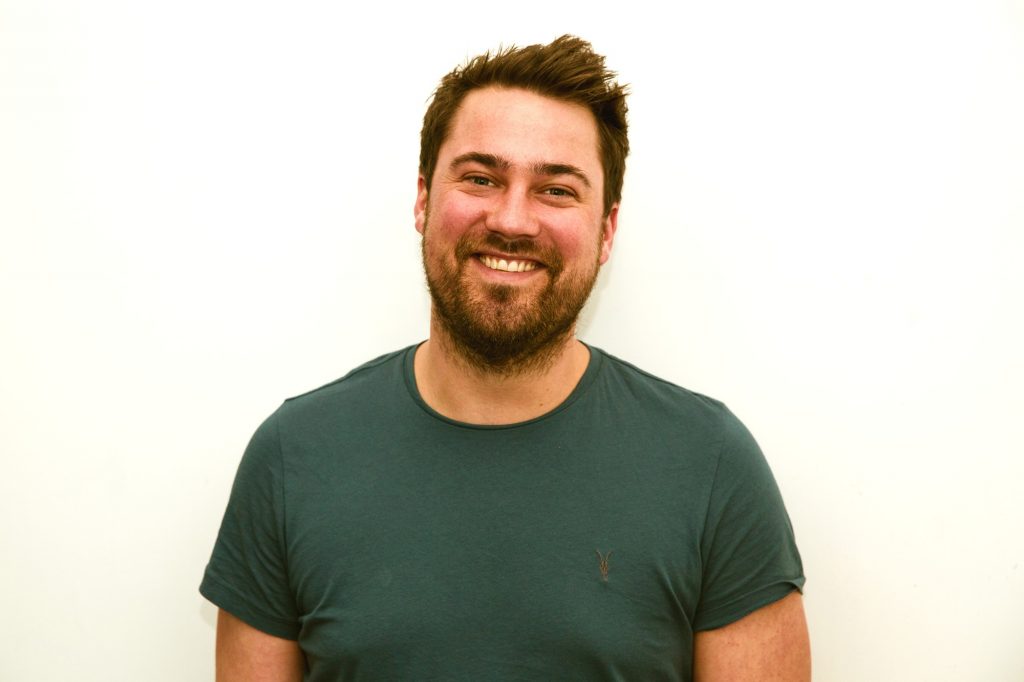In this guest blog, Carine Schneider, President of Astrella, providers of leading cap table management software, gives a 101 on understanding your cap table, and some of the key risks to avoid when it comes to share ownership.
WHAT YOU NEED TO KNOW ABOUT PRIVATE COMPANY OWNERSHIP
So, you’ve got a game-changing idea that’s going to disrupt your industry and you are ready to raise funding and change the world. Congratulations! You’re ready to move fast and break things, to turn it up to eleven, to do what most won’t, to live like most can’t. You’re ready to build your very own rocket ship









